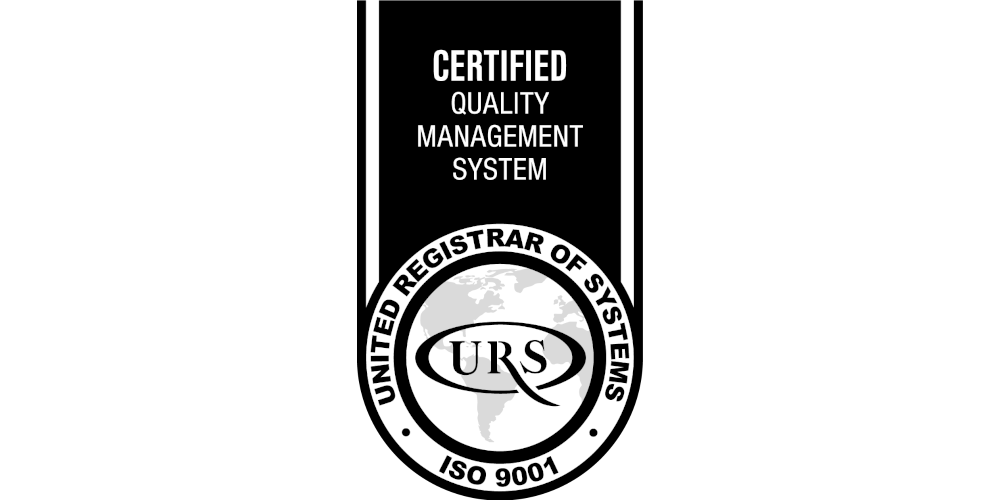Clinical trials are research studies that involve people. They aim to evaluate medical, surgical, or behavioral interventions and are the primary way researchers find out if a new treatment, like a new drug or diet or medical device, is safe and effective in people.
Clinical trials play a crucial role in advancing medicine and healthcare. They provide the scientific basis for the development and marketing of new drugs, therapies, and procedures. The data gathered from these trials informs healthcare providers and patients about the benefits and risks of new and existing treatments.
The data collected in clinical trials is of utmost importance. It’s used to establish statistical evidence of efficacy and safety, making its accuracy and integrity paramount. This is where data verification comes into play.

The Concept of Data Verification
Data verification is a process that ensures the data collected during a clinical trial is accurate, consistent, and reliable. It involves checking the data for errors and inconsistencies and then correcting them if necessary.
In clinical trials, data verification is crucial because it directly impacts the quality of the results. If the data isn’t accurate, the conclusions drawn from it won’t be reliable. This could have serious implications for patient safety and could also result in wasted resources.
What is Source Data Verification?
Source Data Verification (SDV) is a specific type of data verification used in clinical trials. It involves checking the original data sources (like medical records or lab reports) against the data recorded in the case report forms (CRFs). The goal is to ensure that the data is accurately reported and that there are no discrepancies.
The purpose of SDV in clinical trials is twofold. First, it ensures data integrity by verifying that the recorded data accurately reflects the original source. Second, it helps ensure patient safety by checking that all protocol-required procedures have been followed.
How Source Data Verification is Done
Performing SDV involves comparing the data recorded on CRFs with the original data sources. This could be done by a data manager, a clinical research associate, or a dedicated SDV professional.
The process typically involves reviewing patient records, lab reports, and other source documents to check the accuracy of the recorded data. Any discrepancies are then corrected in the CRFs.
Various tools and technologies can assist with SDV, including electronic data capture (EDC) systems, which allow for real-time data entry and verification.

Importance of Source Data Verification in Clinical Trials
SDV plays a crucial role in ensuring data integrity and quality in clinical trials. By verifying that the recorded data accurately reflects the original source, it helps ensure that the results of the trial are reliable.
SDV also helps ensure compliance with regulatory standards. Regulatory bodies like the FDA require that clinical trials adhere to Good Clinical Practice (GCP) guidelines, which include strict rules about data management and verification.
Furthermore, by checking that all protocol-required procedures have been followed, SDV contributes to patient safety. It helps identify any potential issues or deviations from the protocol that could put patients at risk.
Challenges in Source Data Verification
Performing SDV can be challenging due to several factors. These include the volume of data to be verified, time constraints, and the complexity of some source documents.
However, these challenges can be overcome through careful planning and the use of appropriate tools and technologies. For instance, EDC systems can help manage large volumes of data and facilitate real-time verification.
The Future of Source Data Verification
Advancements in technology are likely to have a significant impact on SDV. For instance, Artificial Intelligence (AI) and machine learning could be used to automate parts of the SDV process, reducing the time and resources required.
This could not only make SDV more efficient but also improve its accuracy by reducing the risk of human error.
Conclusion
In conclusion, Source Data Verification is a crucial aspect of clinical trials. It ensures data integrity and quality, compliance with regulatory standards, and patient safety. Despite the challenges involved in SDV, technological advancements promise to make it more efficient and accurate in the future.
Whether you’re an aspiring clinical researcher or a seasoned professional, understanding the importance of SDV and staying informed about the latest developments in this area is essential. So keep learning, and contribute to making clinical trials more robust and reliable!






